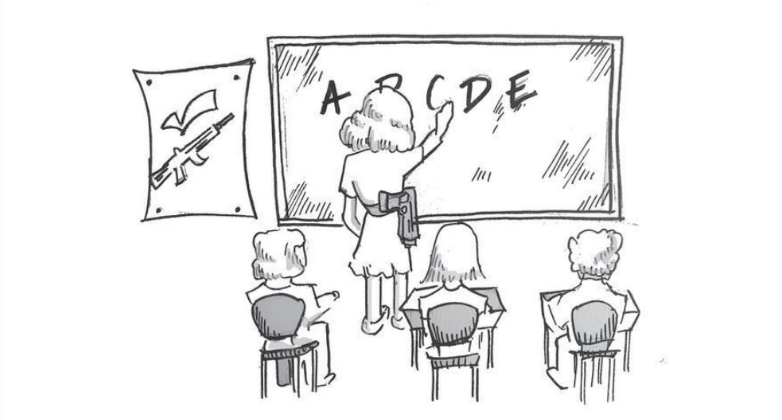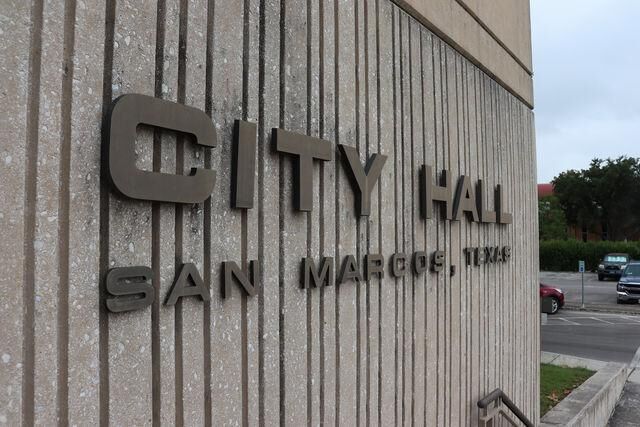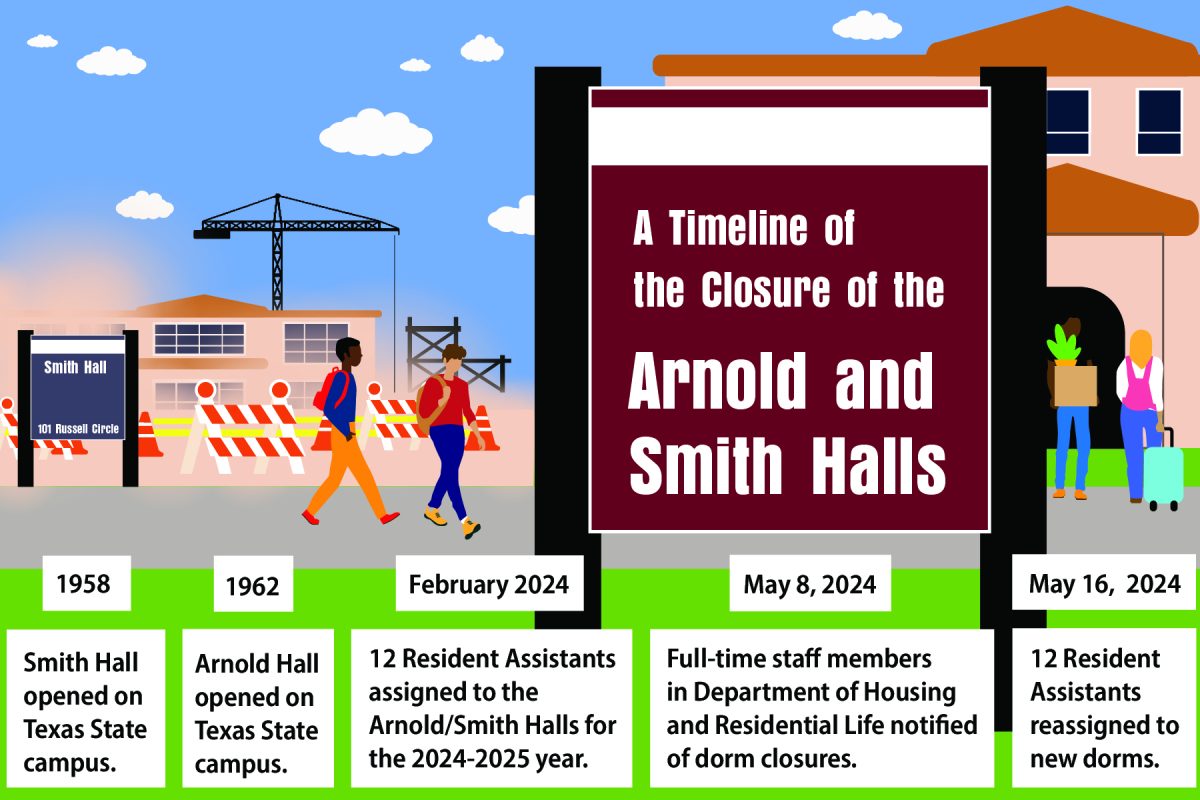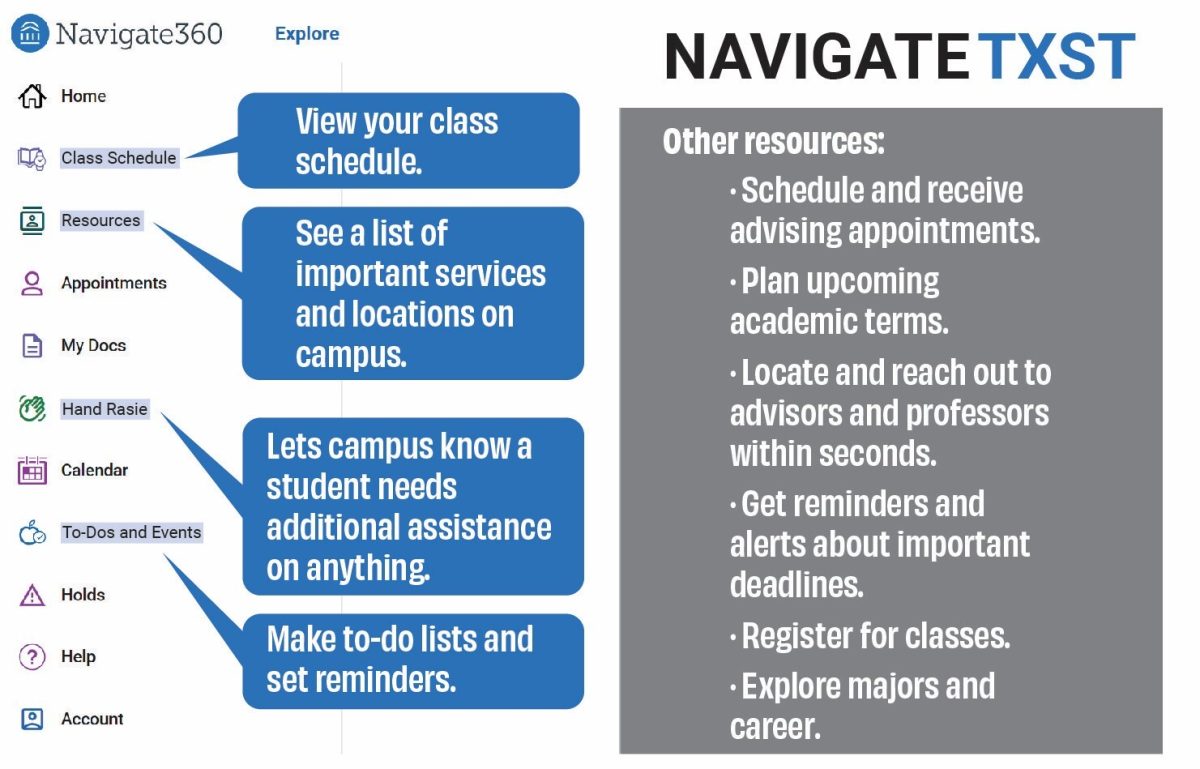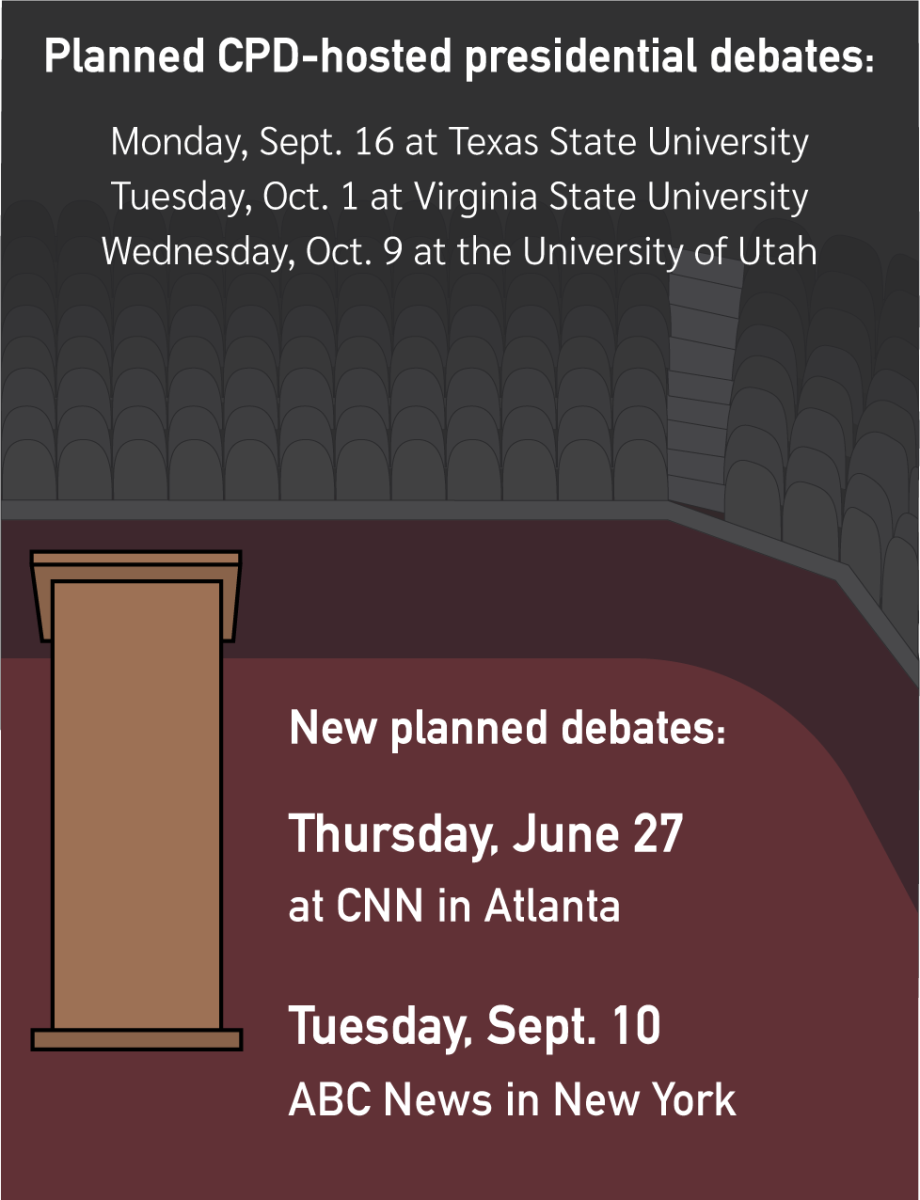On May 24, educators across the U.S. were forced to consider the unexpected risks associated with their jobs when an 18-year-old opened fire at Robb Elementary School in Uvalde, Texas, killing 19 students and two teachers.
For many educators, the occurrence served as a wakeup call to the commonality of this form of violence. At the time of the shooting, 2022 had only seen 144 days. Still, that day marked the 212th mass shooting in the U.S. this year, and at least 33 more shootings have occurred since then.
Uvalde is just a two-hour drive from San Marcos, and it has become increasingly obvious that a tragedy like the one at Robb Elementary can happen to anyone in any school. At Texas State, it has led to feelings of anxiety and impatience among future educators.
“It makes me nervous,” Paige Spell, an education senior, said. “That could be me one day… it’s terrible. How do you explain to your students that their friends aren’t coming back again?”
The atmosphere surrounding gun control has caused debate, spanning over decades in the U.S. Some believe their right to bear arms under the 2nd amendment should not be hindered by these tragic events, while others would prefer to use them as cautionary tales. Many Republicans, along with the National Rifle Association (NRA), convey the narrative that guns are not the problem, people are the problem. Democrats have been challenging that narrative, both in the media and on the legislative floor.
In the last 10 years, gun-related deaths in the U.S. have increased by 43%, and gun sales saw a 64% increase in 2020, with 2021 being the second-highest year for gun sales in the U.S., according to the Pew Research Center. Despite this increase, Gov. Greg Abbott signed into law “constitutional carry” which allows for the permit-less carry (open or concealed) of handguns, with “no license or training needed”. This legislation received backlash from liberal lawmakers and voters alike.
Preparing teachers for this kind of event is another avenue of conversation. In Ohio, just days after the Uvalde shooting, Republican lawmakers introduced a bill that would allow teachers to carry firearms in classrooms, as well as shorten the amount of logged training hours necessary to receive this special license.
However, students like Spell don’t believe this is the best solution.
“It’s not our job to fire back!” Spell said. “Teachers shouldn’t have to worry about whether or not they’re going to shoot somebody.”
She went on to explain that the focus should be on the students’ learning, not the fear of being shot in an environment that is supposed to feel safe.
“I would take a training course, but I don’t want to keep a gun in my classroom. The first solution should be fixing our gun laws,” Spell said.
If bills like the Ohio law are passed, teachers would not only be required to keep guns in their classroom, but also take training courses that would allow them to deal with the pressures of an active shooter situation. While taking a few extra courses seems practical for many future educators, some have different thoughts about keeping a gun in their classroom.
Students like Spell would rather not keep guns around the children. However, Cara Jackson, an education senior, would be willing to compromise her discomfort if there were no other option. She said she would agree to arm teachers as long as they are given extensive preparation.
“I personally don’t know how comfortable I would feel having a gun in the classroom,” Jackson said. “[However], I wouldn’t be opposed if all the teachers had extensive training.”
Assistant Principal at Round Rock High School Jeff Black offers another perspective. He believes that teachers and staff at schools should work to help students break out of the mindset that causes them to commit such violence by offering support and connecting them to resources.
“It’s as much about gun control as it is about mental health. What are the ‘triggers’ for these events?” Black said.
Several states, such as New York, have considered this factor as well. By raising the age-limit to buy semi-automatic weapons from 18 to 21, they hope to keep guns out of the hands of emotionally driven teenagers.
When it comes to advising his staff, Black does his best to promote what he refers to as “situational awareness.” He acknowledges that often, the perpetrators of school shootings are “our most vulnerable kids.” Ultimately, Black believes that the educational system should be learning how to identify and efficiently help these students.
He also pointed out the difference in mass shootings between states with more restrictive gun laws and those with easy access to guns. In 2020, the New York Times reported that California, which is known for having some of the most restrictive gun laws in the country, experienced 8.5 gun-related deaths per 100,000 people, compared with 13.7 nationally and 14.2 in Texas.
When comparing the numbers with other countries, particularly developed nations, there’s an even more dramatic difference.
According to the Pew Research Center, in 2016, the rate of gun deaths in the U.S. was 10.6 per 100,000 people, while in Canada it was 2.1 and Australia it was 1.0. Both countries have signed legislation prohibiting the sale of automatic weapons, sawed-off shotguns and rifles, and limiting their possession to members of law enforcement and military personnel. In contrast, many states in the U.S. have made the acquisition of these weapons accessible to any permit holder over the age of 18.
H.R. 127, a bill created and submitted by Democratic members of Congress, has been unsuccessful in its attempts to pass, as Republican congressmen continue to create opposition. The bill, submitted in January 2021, would limit the sales of “large capacity ammunition feeding devices,” as well as establish a new process for the licensing and registration of firearms, including psychological evaluations and insurance checks, according to its sponsor, Representative Sheila Jackson Lee.
It would also create a “publicly available database of all registered firearms” to be established and maintained by the Department of Justice, as well as create penalties for those who illegally purchase or sell firearms or fail to register any newly purchased guns to the mentioned registry.
“If we are serious about the epidemic of gun violence, we must summon the courage to do something about it,” Lee said in a press release following the introduction of the bill. “The need to stem the tide of gun violence is manifest and made all the more so after recounting the names and places of horrors seared in our collective conscience.”
In the next few weeks, Democratic lawmakers will be combining different bills, similar to that of HR 127, in the hopes of creating stricter gun laws on a federal level.
Despite the inherent danger presented to teachers, students like Jackson and Spell won’t let the lack of control deter them from pursuing the career they feel called to.
“It’s tough,” Jackson said. “However, I want to be a teacher to inspire, and those teachers who sacrificed themselves for their [students] are the ones who inspire.”
Spell echoed a similar feeling.
“Regardless, teaching is what I want to do. It is scary knowing the potential [danger], but at the end of the day…there’s shooting that happens everywhere, all the time. So if I stop, and switch careers, I could run into a shooting anyways.”
For both students, their passion for teaching and impacting the youth of America will not be swayed, no matter what path gun control takes in the coming years.
Education Students respond to rise in school shootings
June 13, 2022
Donate to The University Star
Your donation will support the student journalists of Texas State University. Your contribution will allow us to purchase equipment and cover our annual website hosting costs.











